Every April, in the rural stretches of eastern India and Bangladesh, a strange ritual unfolds—Charak Puja, where men hang from hooks jabbed into their backs, swinging over dusty fields in a supposed tribute to Shiva. Tied to the Gajan festival, it’s pitched as devotion, a plea for prosperity and forgiveness. But peel back the layers, and it’s a messy display of pain masquerading as faith, one that the Portuguese and British rightly questioned centuries ago. This isn’t some noble tradition—it’s a relic of Hinduism’s excesses, propped up by a caste system that keeps Brahmins comfortable while others bleed.
From debunking myths and pseudoscience to analyzing politics, culture, and media narratives, we question assumptions, challenge misinformation, and promote scientific temper.
Wednesday, April 9, 2025
Charak Puja: The Grim Reality Behind the Hooks
Wednesday, April 2, 2025
History of Charak Puja (Hook Swinging Festival of Hindus)(GORE)
History of Charak Puja (Hook Swinging Festival of Hindus)(GORE)
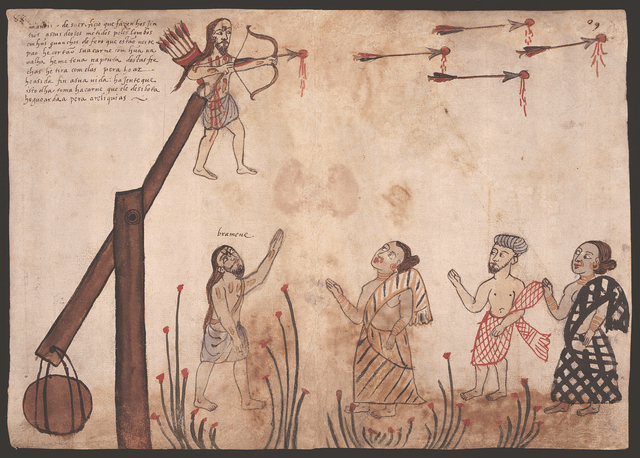
The inscription reads: “Sacrifice that the gentiles do to their gods, [by] piercing their loins with iron hooks on such a pole, and cut their flesh with a dagger and put it in the tip of such bows and shoot them at the air, and thus they end their lives; the people that witness this take their flesh and keep them as relics”.
Hindu rituals were thoroughly described by the Portuguese in the 16th and 17th century.
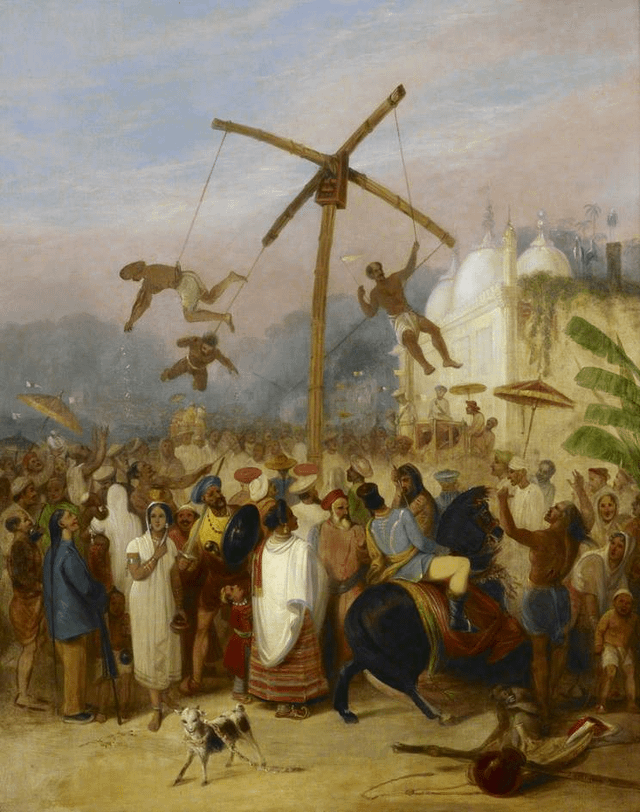
Charak Puja or Pachamara Mela (also known as Chadak, Nil Puja or Hajrha Puja) is part of the Hindu folk festival of Gajan, held in honor of the deity Shiva or Dharmathakur. The Gajan festival includes numerous forms of austerities like walking on hot coals or piercing the body with metal rods. Charak refers to the practice of hook-swinging which generally is the last penance performed during the festival.
Charak Puja Also called Nil Puja, Hajrha Puja Observed by Hindus Type Hindu Related to Gajan Charak Puja or Pachamara…en.wikipedia.org
Charak Puja in modern day India can be seen here
Charak Puja in Hinduismarchive.org
Charak Puja Hindu festivalCharak Puja or Pachamara Mela (also known as Chadak, Nil Puja or Hajrha Puja)archive.org
https://archive.org/details/charak-puja-2023
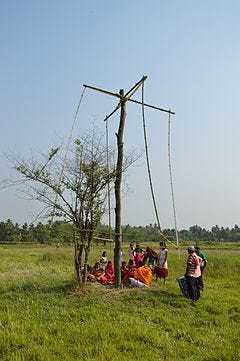
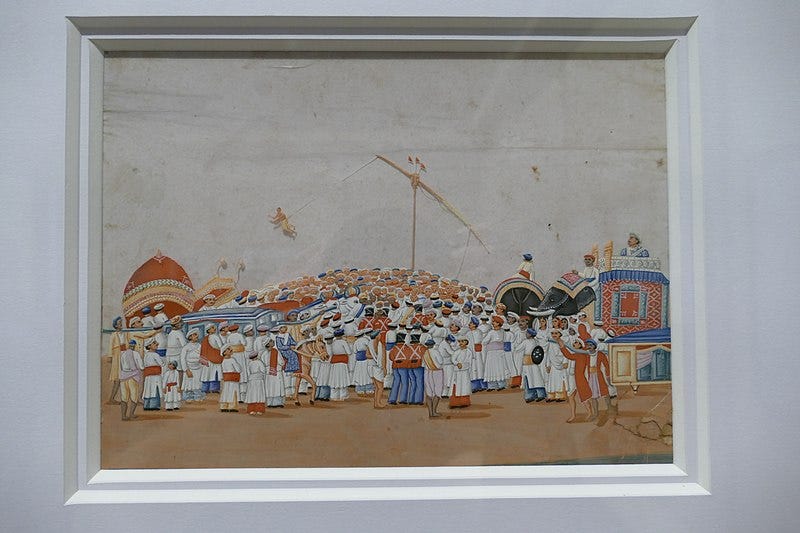
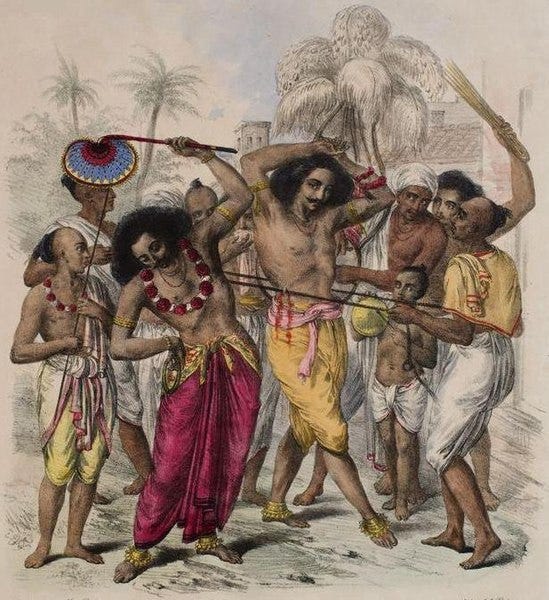
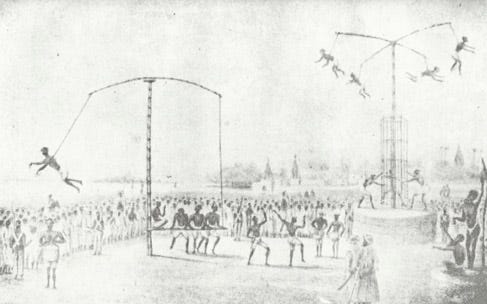

Some modern photographs of Charak puja

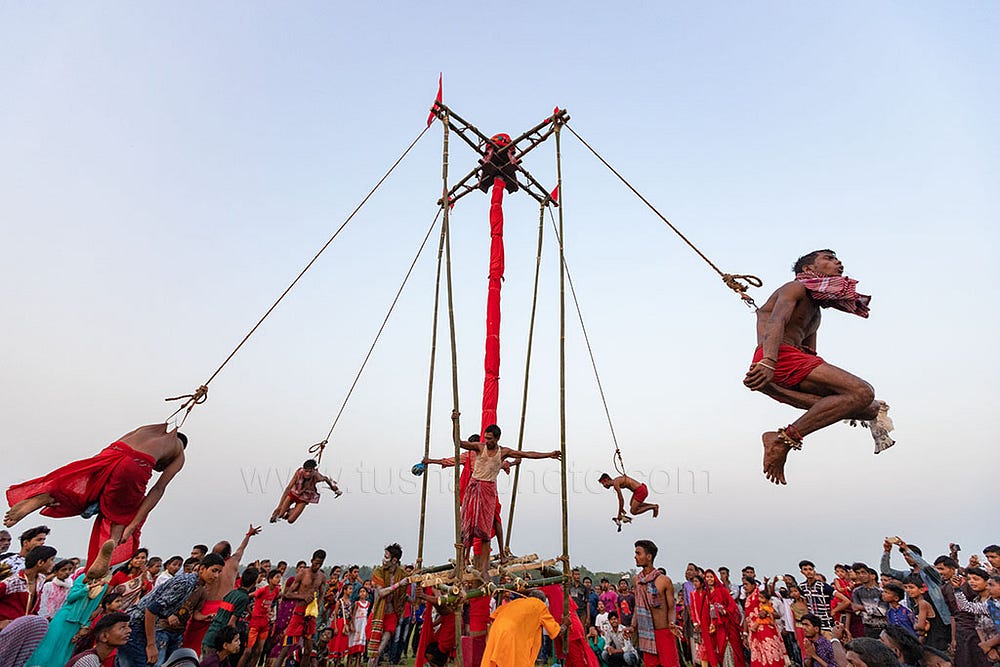
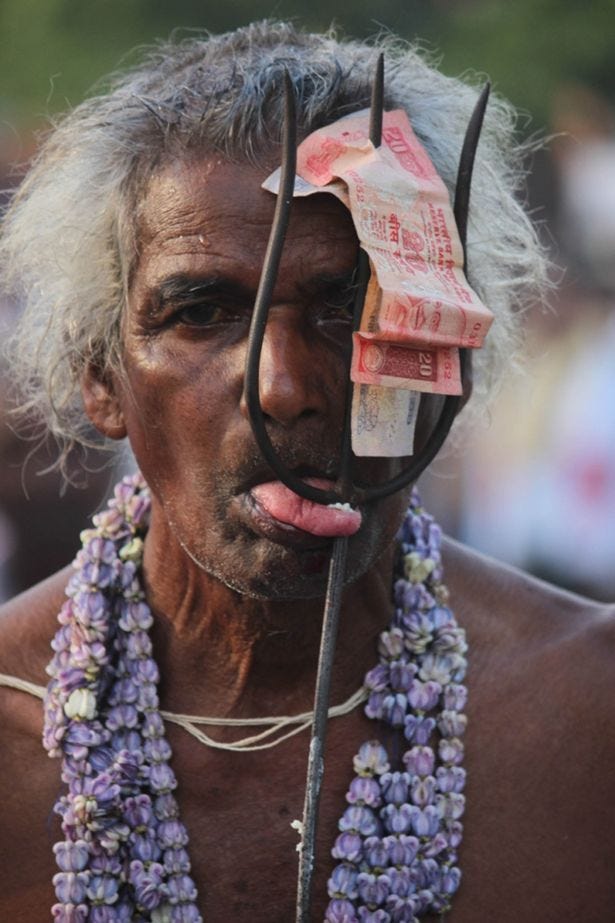
From Bamiyan to Delhi: The BJP’s Hypocritical Embrace of the Taliban
From Bamiyan to Delhi: The BJP’s Hypocritical Embrace of the Taliban How India’s Ruling Party Shifted from Condemning Buddha’s Destruction...
-
Intelligence Quotient (IQ) is often used as a measure of cognitive ability, sparking debates about its implications for individuals and na...
-
Manusmriti, or the Laws of Manu, is one of Hinduism’s most debated ancient texts. Dated between the 2nd century BCE and 2nd century CE, it...
-
India's caste system has long been a defining social structure, and its impact on governance and public service remains a contentious i...